Archives
- 2025-12
- 2025-11
- 2025-10
- 2025-09
- 2025-04
- 2025-03
- 2025-02
- 2025-01
- 2024-12
- 2024-11
- 2024-10
- 2024-09
- 2024-08
- 2024-07
- 2024-06
- 2024-05
- 2024-04
- 2024-03
- 2024-02
- 2024-01
- 2023-12
- 2023-11
- 2023-10
- 2023-09
- 2023-08
- 2023-07
- 2023-06
- 2023-05
- 2023-04
- 2023-03
- 2023-02
- 2023-01
- 2022-12
- 2022-11
- 2022-10
- 2022-09
- 2022-08
- 2022-07
- 2022-06
- 2022-05
- 2022-04
- 2022-03
- 2022-02
- 2022-01
- 2021-12
- 2021-11
- 2021-10
- 2021-09
- 2021-08
- 2021-07
- 2021-06
- 2021-05
- 2021-04
- 2021-03
- 2021-02
- 2021-01
- 2020-12
- 2020-11
- 2020-10
- 2020-09
- 2020-08
- 2020-07
- 2020-06
- 2020-05
- 2020-04
- 2020-03
- 2020-02
- 2020-01
- 2019-12
- 2019-11
- 2019-10
- 2019-09
- 2019-08
- 2019-07
- 2019-06
- 2019-05
- 2019-04
- 2018-07
-
Current treatment options for corneal neovascularization inc
2025-02-08
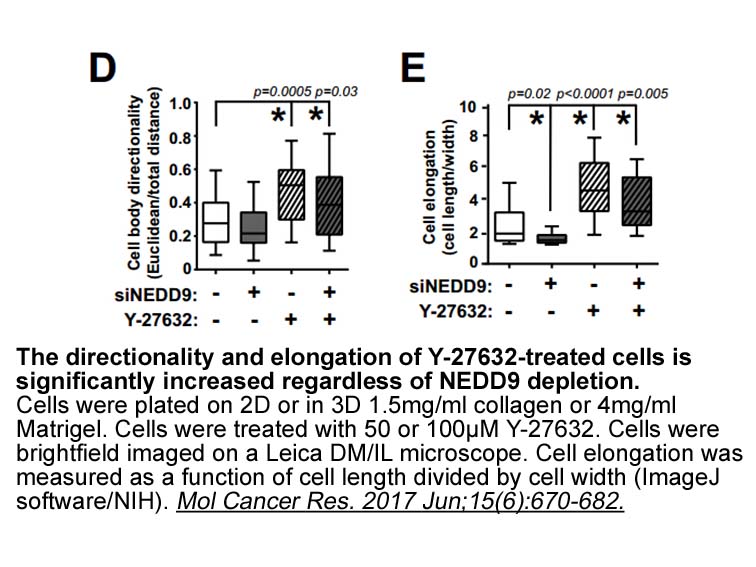
Current treatment options for corneal neovascularization include topical application of steroids220, 25, 35, 43 or surgical interventions: laser ablation,14, 203, 234, 48 photodynamic therapy (PDT),4, 93 and fine-needle diathermy.221, 238, 240, 261 Targeting proangiogenic molecules with topical or s
-
In mice the Tfm mutation increased the anxiety state assesse
2025-02-08

In mice, the Tfm mutation increased the anxiety-state assessed in the novel object and in light/dark box tests, whereas no changes were detected in the open field or elevated plus maze tasks (Zuloaga et al., 2008). As for Tfm rats, this seemed to be related to an increased HPA response to stress. Th
-
Second the phosphorylation events e g Thr and Ser
2025-02-08
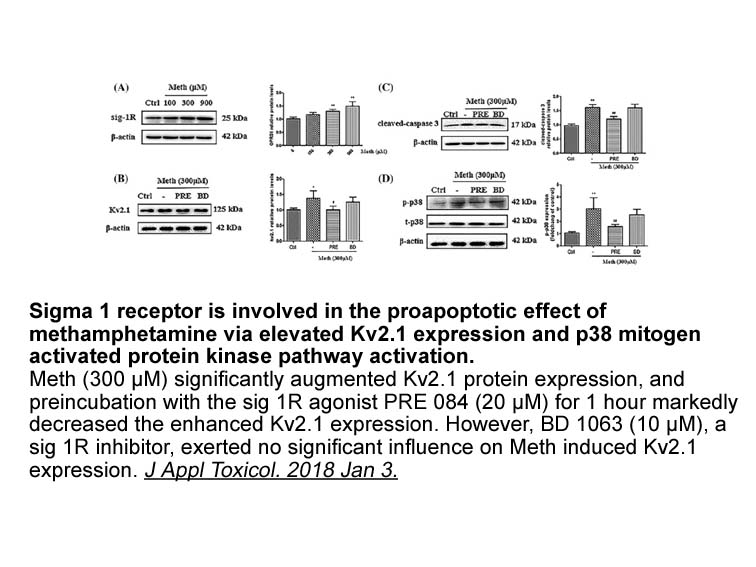
Second, the phosphorylation events (e.g., α-Thr172 and β-Ser108) needed for AMPK activation by small molecules binding at the ADaM or other sites remains unclear. Within the β-GBD, phosphorylation of β1-Ser108 was shown to be required for the activation by small molecules binding in the ADaM site, s
-
In summary we identified a novel MLPH
2025-02-08
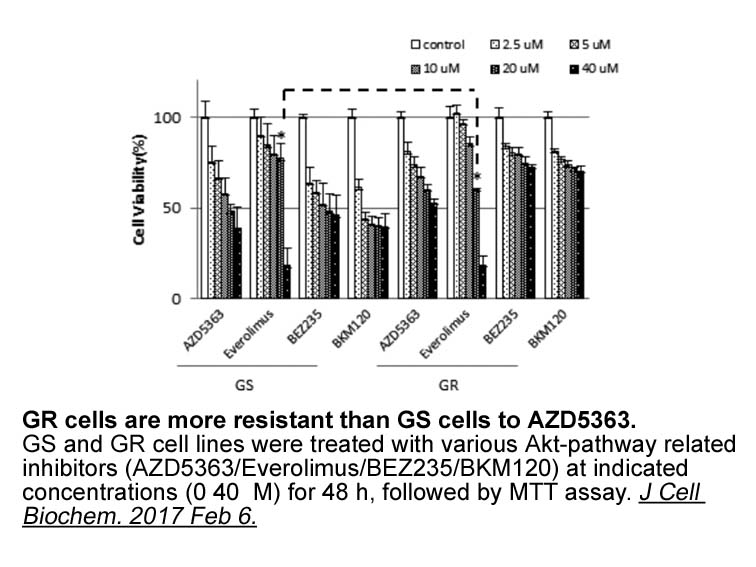
In summary, we identified a novel MLPH-ALK fusion in AST with discordant results of ALK IHC. In order not to overlook ALK-rearranged AST with rare fusion partners on IHC screening, a sensitive IHC method is preferable. Introduction Lung cancer remains the leading cause of cancer related deaths w
-
To validate the identified phosphorylation sites in the mous
2025-02-08
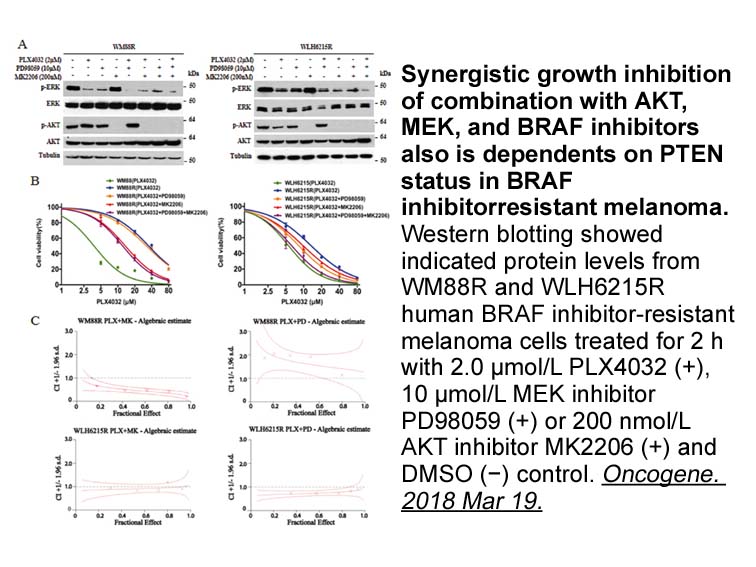
To validate the identified phosphorylation sites in the mouse heart, we analyzed HEK 293T GSK2292767 receptor transfected with Adrb1 based on the hypothesis that protein residues phosphorylated both in vivo and in vitro are more likely to be physiologically relevant. All of the phosphorylation site
-
To verify whether circulating APN could protect cognitive
2025-02-08

To verify whether circulating APN could protect cognitive function during aging, we detected the alterations in circulating adipoenctin levels in aging rats. Our results suggested that circulating APN levels reduced with age. Kawasumi et al’s study results are consistent with ours. They concluded th
-
br New AMPK activators Fenofibrate is a
2025-02-08
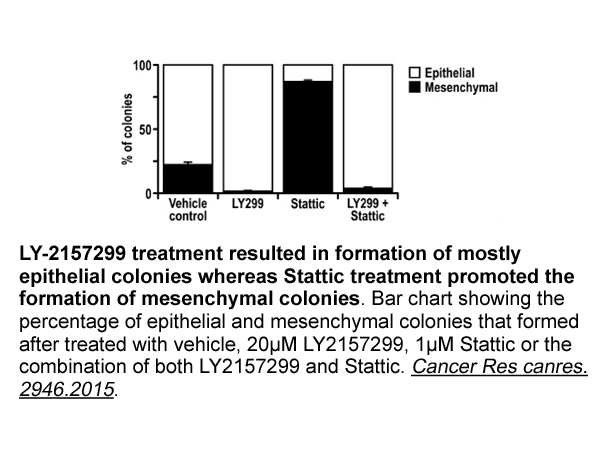
New AMPK activators Fenofibrate is a drug of the fibrate class used for the treatment of dyslipidemia [53] but is also an agent that could alleviate DN-induced alterations through AMPK activation (Fig. 2). Streptozotocin-induced diabetic rats treated with fenofibrate improved in not only renal fu
-
Furthermore we found up regulated protein and mRNA
2025-02-08
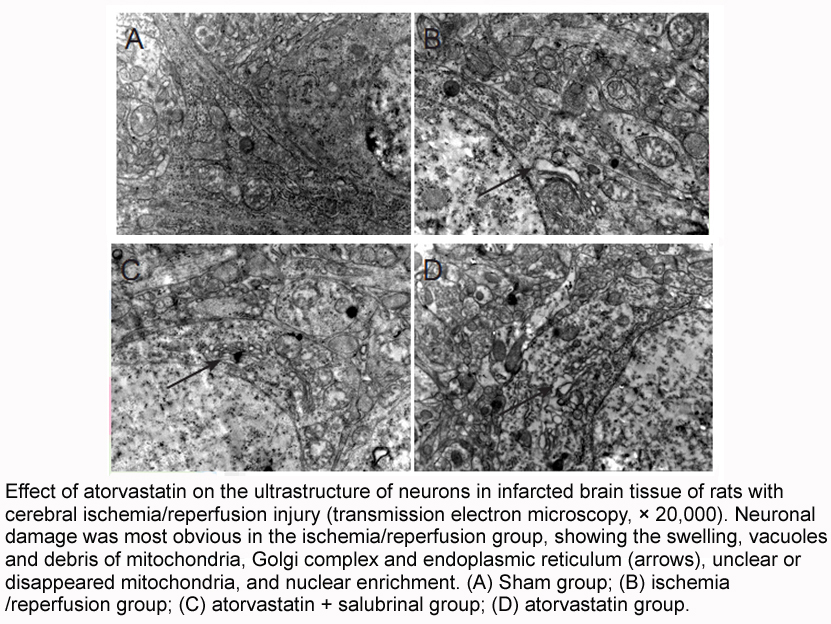
Furthermore, we found up-regulated protein and mRNA levels of adenosine kinase in mouse retina with TON. The up-regulation of ADK was previously demonstrated in diabetic retinopathy (Pang et al., 2010). Greater levels of ADK in activated macrophages and microglial cells abrogate the immune response.
-
In pioneering work from Ikeda and colleagues
2025-02-08
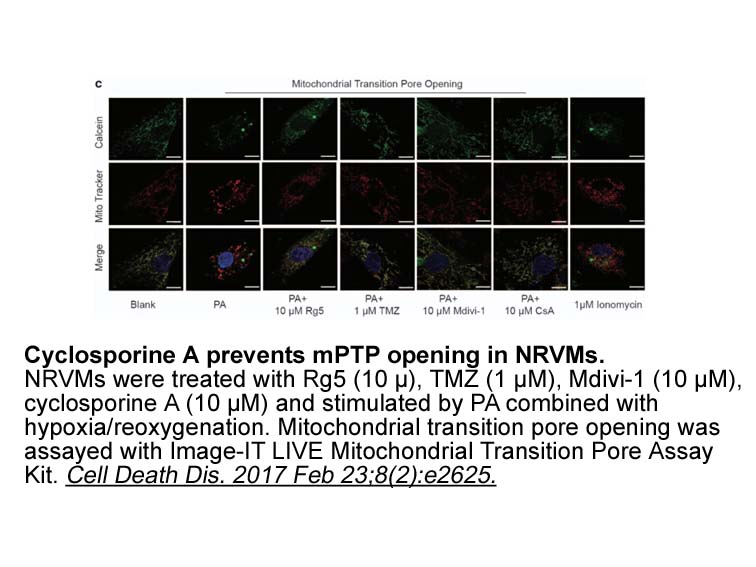
In 2006, pioneering work from Ikeda and colleagues showed that GMF localizes to and regulates the L-NMMA acetate synthesis cytoskeleton (see Glossary), and noted its sequence similarity to ADF/cofilin[11]. In 2009, the structure of GMF [6] was solved, revealing it to be a bona fide member of the act
-
4-P-PDOT Another open question is whether GABA
2025-02-08
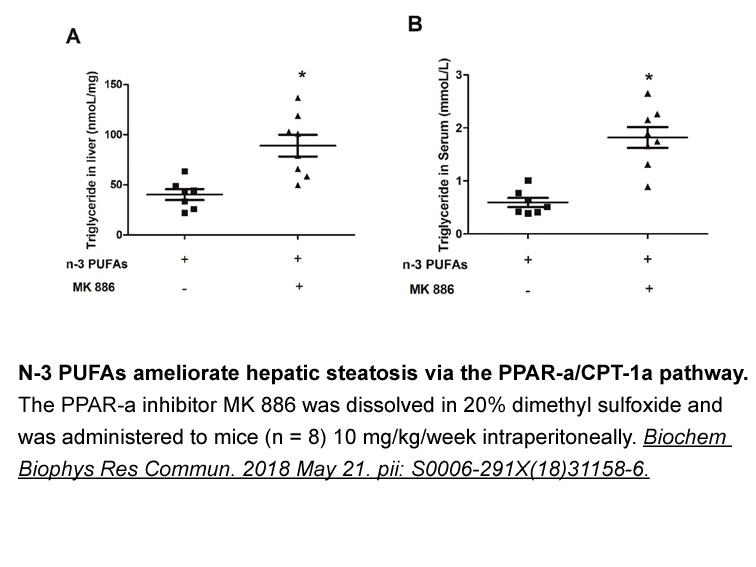
Another open question is whether GABA and ACh are released from the same synaptic vesicles, or even the same presynaptic terminals. Multi-transmitter neurons may either function through co-release, in which multiple neurotransmitters are packaged into the same presynaptic terminal and are therefore
-
The observation that vortioxetine blocks HT induced currents
2025-02-08
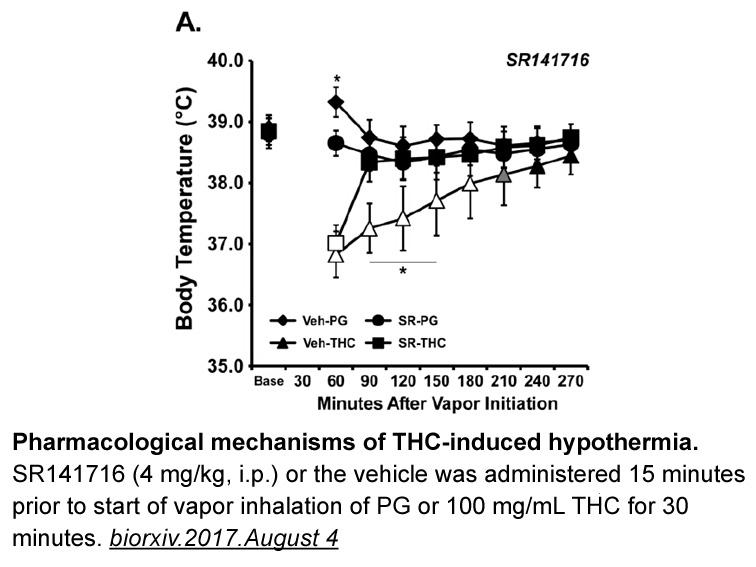
The observation that vortioxetine blocks 5-HT-induced currents in 5-HT3 receptor-expressing oocytes suggests that vortioxetine acts to functionally antagonize these receptors, and is in line with previously published data (Bang-Andersen et al., 2011). For example, Mørk et al. (2012) demonstrated tha
-
Five alternatively spliced isoforms of ATX have
2025-02-07
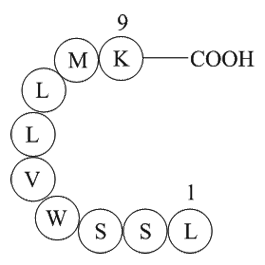
Five alternatively-spliced isoforms of ATX have been described and all are catalytically active [16], [17]. The original ATX described in 1992 is termed ATXα, whereas the most abundant isoform is ATXβ and is the same isoform responsible for plasma lysoPLD activity [18]. Full length ATX is synthesize
-
The ATX LPA signaling axis has been implicated in
2025-02-07
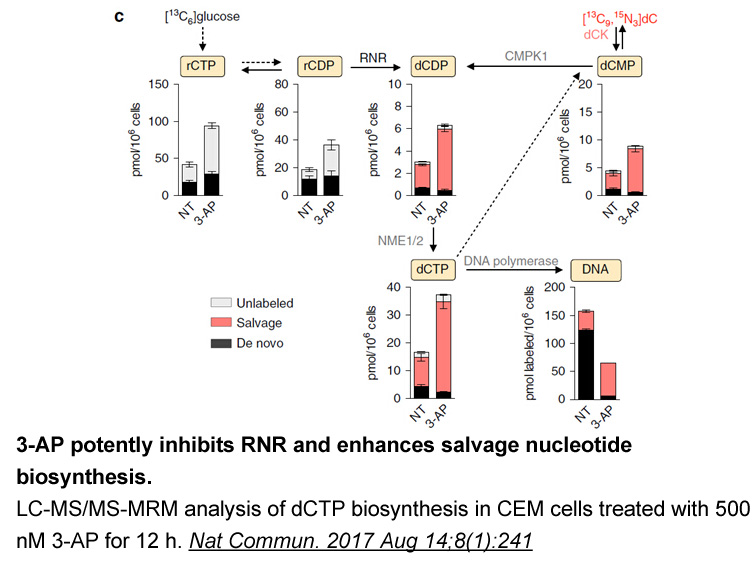
The ATX–LPA signaling “axis” [5] has been implicated in a perplexing variety of physiological and pathophysiological processes, including vascular and neural development [5], [26], [27], [28], [29], tumor progression and metastasis [30], [31], lymphocyte trafficking [22], bone development [32], neur
-
pkc inhibitors We demonstrate a role for low oxygen to regul
2025-02-07
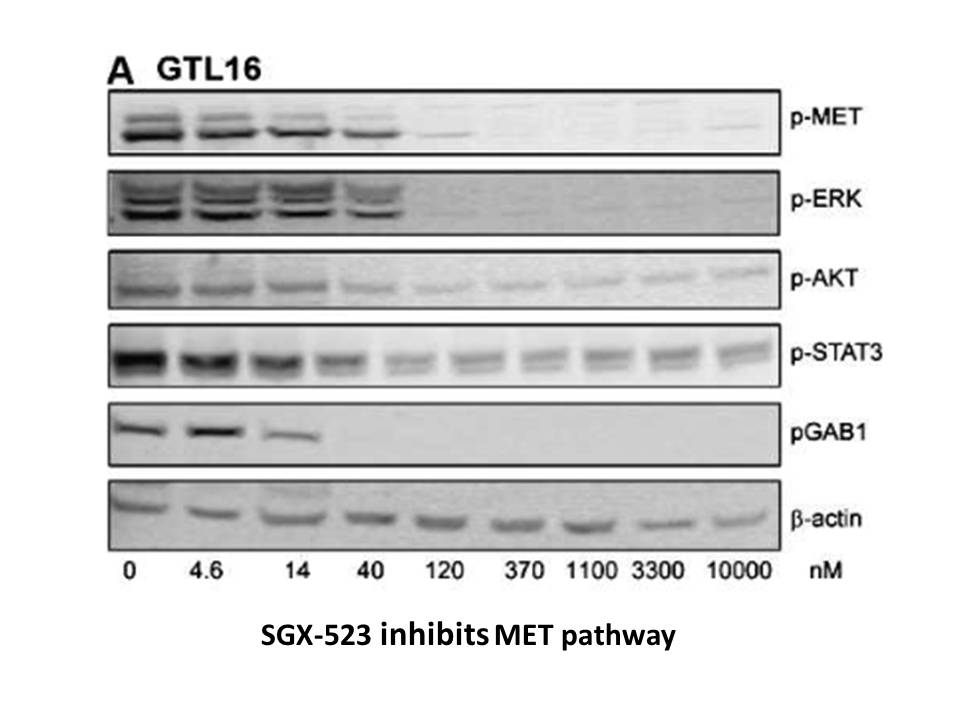
We demonstrate a role for low oxygen to regulate ATX mRNA in hepatocyte-derived HuH7 pkc inhibitors and human liver slices, consistent with reports of increased ATX expression in a variety of tumours that are frequently hypoxic. Importantly, we show a positive association between elevated ATX mRNA l
-
On the other hand there were only
2025-02-07
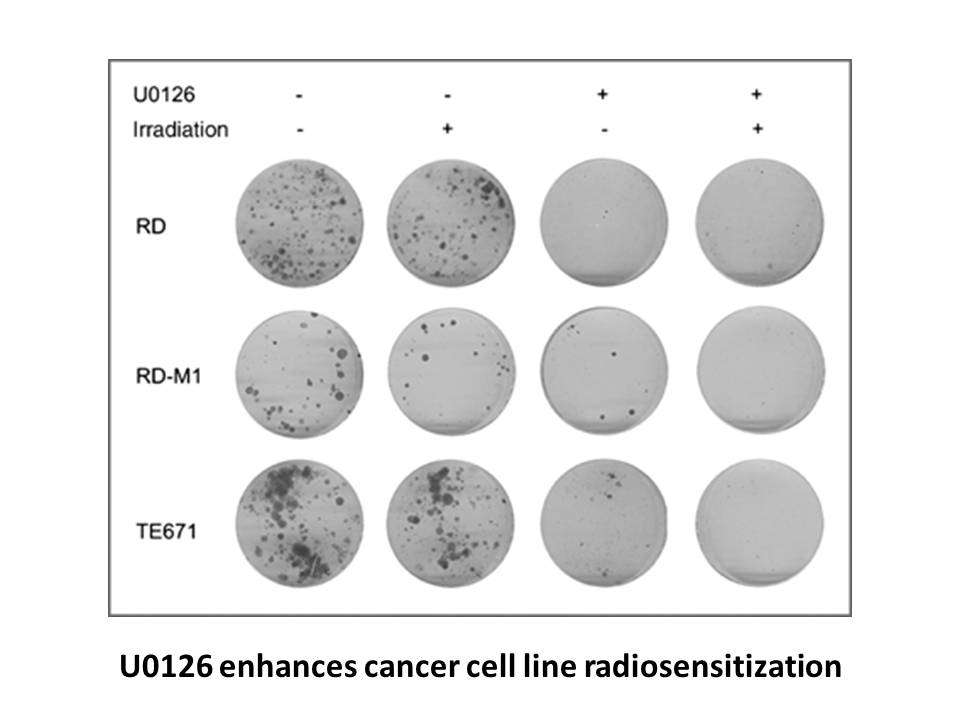
On the other hand, there were only a few cases that expressed DA2R in our study. Additionally, in the cases whose ACTH-secreting pituitary adenomas expressed DA2R, the ratio of positive staining Secondary antibody reagent was very low. This suggests that dopamine agonists may be less effective in c
15577 records 21/1039 page Previous Next First page 上5页 2122232425 下5页 Last page